Why soaring gold means rising interest rates
US bond yields are up, global economic growth remains strong and the gold price is at record highs. It all points to one thing - inflation is about to take off.
Friday 7 April might have seemed like just another chilly day in Britain's long-delayed spring this year. But events across the Atlantic in the US bond market, in fact could make it an important date for investors everywhere to remember.
On that day, the yield on 30-year US Treasury bonds broke through the 5% barrier. Yields on the 10-year benchmark touched their highest level in four years. Long-standing subscribers of The Fleet Street Letter will know that we have been arguing till blue in the face that bond prices were due to drop and yields were due to rise like this. Now the inflation risks created by loose monetary policy and surging commodity prices are becoming a reality.
The previous US Fed Chairman, Alan Greenspan, claims he was mystified by the strength of the US Treasury market in the face of higher US interest rates starting June last year. He described the failure of bond prices to fall as a 'conundrum'. But world asset markets are beginning to tell a less confusing story.
MoneyWeek
Subscribe to MoneyWeek today and get your first six magazine issues absolutely FREE

Sign up to Money Morning
Don't miss the latest investment and personal finances news, market analysis, plus money-saving tips with our free twice-daily newsletter
Don't miss the latest investment and personal finances news, market analysis, plus money-saving tips with our free twice-daily newsletter
Bond yields are now up, commodity prices are up and some equity markets including our own FTSE 100 stand at multi-year highs. In short, it looks as if investors have finally ditched their 'deflation' fears, the worry that global money supply would contract and a depression to beat the 1930s would set in. The upshot is that you should now prepare for a further hardening of interest rates worldwide. Inflation is the problem to tackle. It has severe implications for your investment strategy.
The inflation threat: gold at record highs
Signs that global economic growth is brisk are everywhere. China's unquenchable thirst for raw materials is pushing commodity prices sharply higher. Oil prices reached new highs this week as Washington's push for diplomatic action over the Iranian nuclear enrichment programme has intensified concerns about possible disruption of crude supplies.
Brent crude for June delivery closed at $73.73 a barrel last Wednesday. Not surprisingly gold has been going up in sympathy. And the message you should take from gold's 26-year high is clear: inflation is about to take off. Higher oil prices pose the threat of higher costs in just about every manufactured and agricultural goods. Gold bullion is your traditional hedge against such inflation. Moreover, oil prices have been bid up on escalating international tension; the precious metal remains a safe haven investment in times of geopolitical turmoil.
Gold reached a new 26-year high of $647 this week. Platinum, copper and zinc have all recorded new all-time highs. Some of this strength in commodities reflects institutional flows; pension fund money is finally choosing commodities as an asset class. But the booming global economy is also playing its part.
The inflation threat: US and European interest rates have further to go
The catalyst for the move in 30-year US bond yields above 5% was a very strong US employment report. Some 591,000 jobs were created in the world's largest economy in the first three months of this year. America's March unemployment rate of 4.7% matches January's four-and-a-half-year low. It follows that US short-term interest rates are unlikely to peak at 5%, unless the Fed wishes to risk wage inflationary pressures.
The Fed raised rates to 4.75% in March and another quarter-point rise is expected in May. The futures market, meanwhile, after the employment report, reckoned there was a 40% chance of rates rising to 5.25% by June. Three months ago the markets predicted rates would be only 4.75% in June. That dollar interest rates have got there well ahead of schedule confirms that inflation is now seen as the real threat by Ben Bernanke and his colleagues at the Federal Reserve.
However, there has been some softening of US interest rate expectations. Minutes from the latest Fed meeting suggested that the US central bank is close to calling an end to its interest-rate tightening cycle. But don't be fooled; those notes refer to a meeting that took place on 27 and 28 March. The rally in energy and metals prices has accelerated since then.
In short, the US hiking cycle has not ended. Any dollar weakness on the back of these minutes is likely to prove temporary. US short-term rates remain higher than the Bank of England's base rate. That doesn't bode well for the value of sterling in the longer-term. And rates are not only just firming in the US.
The latest European Purchasing Managers survey shows that Eurozone manufacturing has been growing at its fastest pace in five years. More significantly, the survey also showed a rise in the prices-charged index. It's hit the highest level in a year, suggesting that European manufacturers are now able to pass on at least part of their rising raw materials costs to consumers. No wonder the markets now expect the European Central Banks to raise rates twice more this year.
The inflation threat: Japan threatens the carry trade
But the most important interest rate to watch right now is Japan's. In late February this year the Bank of Japan signalled clearly that it will tighten monetary policy as Japan moves out of deflation and the economy continues its recovery. This week the yield on 10-year Japanese government bonds touched 2% for the first time in seven years. That may not seem much compared to Britain's 4.5% base rate, but tighter Japanese monetary policy threatens the 'carry trades' through which speculators have borrowed in yen and used the proceeds to buy assets with potentially higher returns.
Higher yen lending rates will increase the relative attractions of holding cash in Japan. They will also increase the cost of financing leveraged positions in financial assets. When you are speculating with borrowed money, you must be the first to cut your 'geared' positions, not the last. The rush for the exits could cause a real crush in some asset prices.
The inflation threat: emerging markets at risk
The area most at risk from higher interest rates, we believe, will be the emerging markets. The yield spread on emerging market debt over US Treasuries has fallen from 10 percentage points in October 2002 to less than two points now. Over the same period the MSCI emerging equity markets index has almost trebled. Thus we are entering a situation similar to the spring of 1997. Back then, investors chose to ignore the threat of market instability and were subsequently ambushed by the Asian debt crisis. Although we doubt that there will be a new Asian crisis, you should be very wary of the risks facing private investors.
If you have been attracted by the high returns offered in emerging markets, please remember how volatile such assets can prove. When the rush for the exits begins, price action will be savage. The recent behaviour of the small Icelandic and Middle East stock markets is just an omen of things to come. The Saudi stock market has fallen by 26% in the last nine days. But this looks to be more a falling knife than a buying opportunity.
Emerging markets are generally overpriced, the potential rewards do not match the risks. Avoid them. Also pay attention to the impact of firmer global interest rates closer to home. The Bank of England reduced UK interest rates last August, creating the impression that Britain's tightening cycle has ended. But sentiment has changed. The markets now reckon that UK interest rates will be back up to 4.75% by the end of this year. Now is not the time to start borrowing to speculate.
Two factors explain the shift in UK interest-rate futures. The first is the pick up in economic activity outside the UK; this suggests firmer lending rates across the globe. The second factor is renewed house price inflation in the capital. Between November and February London house prices jumped by 7.2%, the fastest quarterly increase in almost six years. Whether or not this sucker's rally can be sustained into the summer remains to be seen. But the prospect of higher interest rates in the UK has implications for your equity selections today.
By Brian Durrant for The Daily Reckoning.
Get the latest financial news, insights and expert analysis from our award-winning MoneyWeek team, to help you understand what really matters when it comes to your finances.
Brian has contributed to MoneyWeek with his expertise in investment strategy, for example how to quadruple your dividend income and how to navigate through the stock market in the 2008 financial crisis. He’s also touched on personal finance such as the housing market and the UK economy.
-
 Household savings ratio drops – are you setting enough aside for 2026?
Household savings ratio drops – are you setting enough aside for 2026?High inflation has pushed the savings ratio down again and the figure could dip further next year
-
 US stocks: opt for resilience, growth and value
US stocks: opt for resilience, growth and valueOpinion Julian Wheeler, partner and US equity specialist, Shard Capital, highlights three US stocks where he would put his money
-
 'Governments are launching an assault on the independence of central banks'
'Governments are launching an assault on the independence of central banks'Opinion Say goodbye to the era of central bank orthodoxy and hello to the new era of central bank dependency, says Jeremy McKeown
-
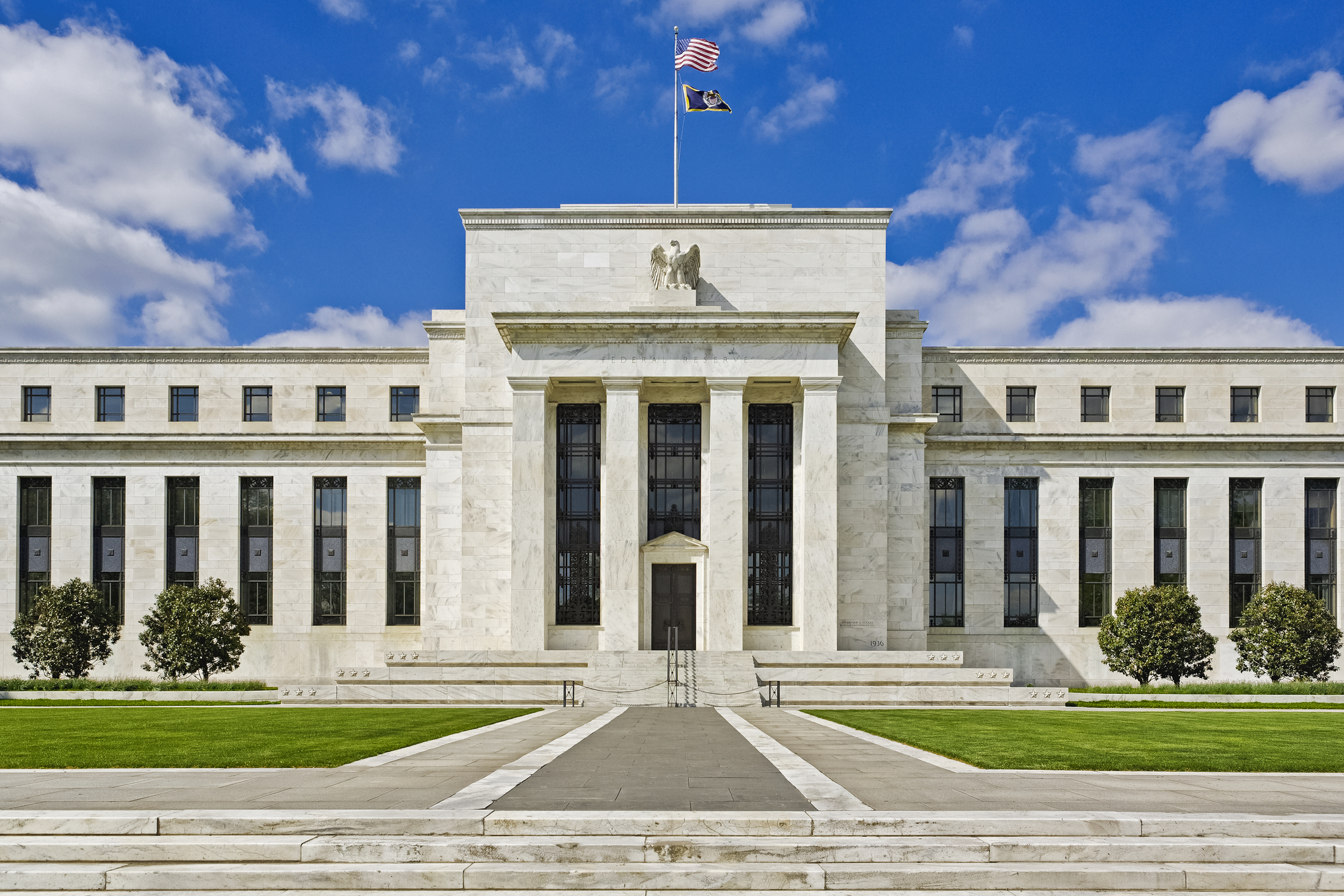 Do we need central banks, or is it time to privatise money?
Do we need central banks, or is it time to privatise money?Analysis Free banking is one alternative to central banks, but would switching to a radical new system be worth the risk?
-
 Will turmoil in the Middle East trigger inflation?
Will turmoil in the Middle East trigger inflation?The risk of an escalating Middle East crisis continues to rise. Markets appear to be dismissing the prospect. Here's how investors can protect themselves.
-
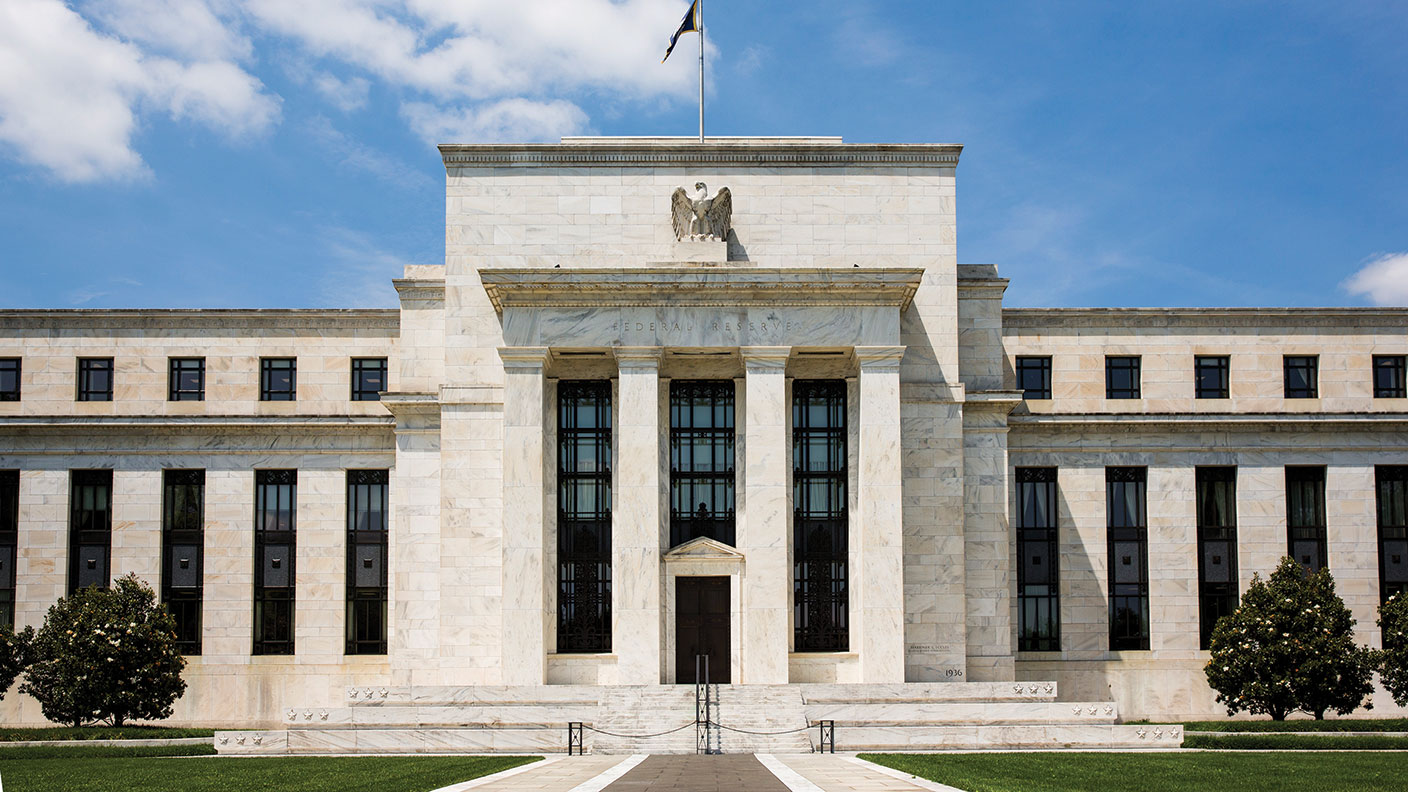 Federal Reserve cuts US interest rates for the first time in more than four years
Federal Reserve cuts US interest rates for the first time in more than four yearsPolicymakers at the US central bank also suggested rates would be cut further before the year is out
-
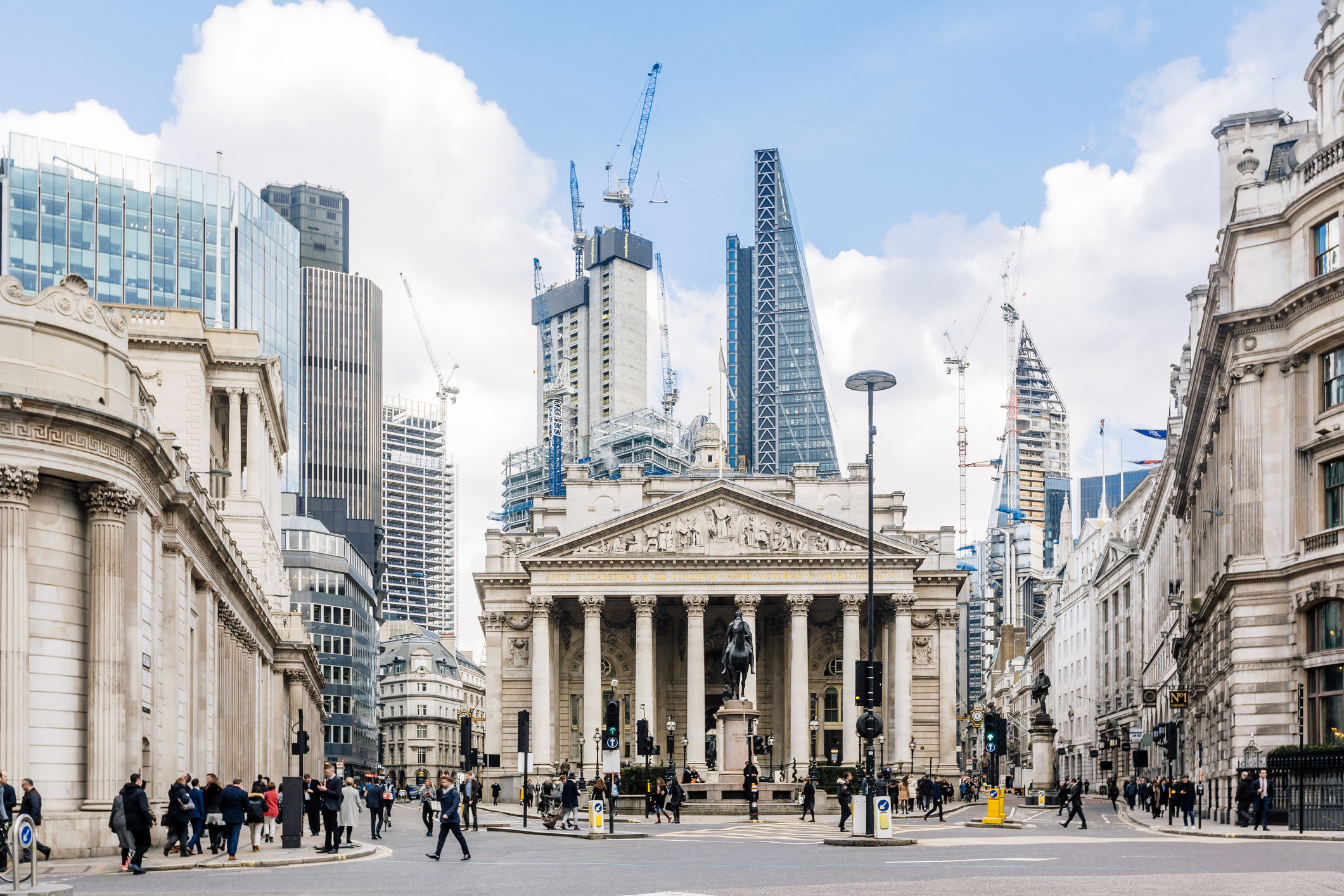 The Bank of England can’t afford to hike interest rates again
The Bank of England can’t afford to hike interest rates againWith inflation falling, the cost of borrowing rising and the economy heading into an election year, the Bank of England can’t afford to increase interest rates again.
-
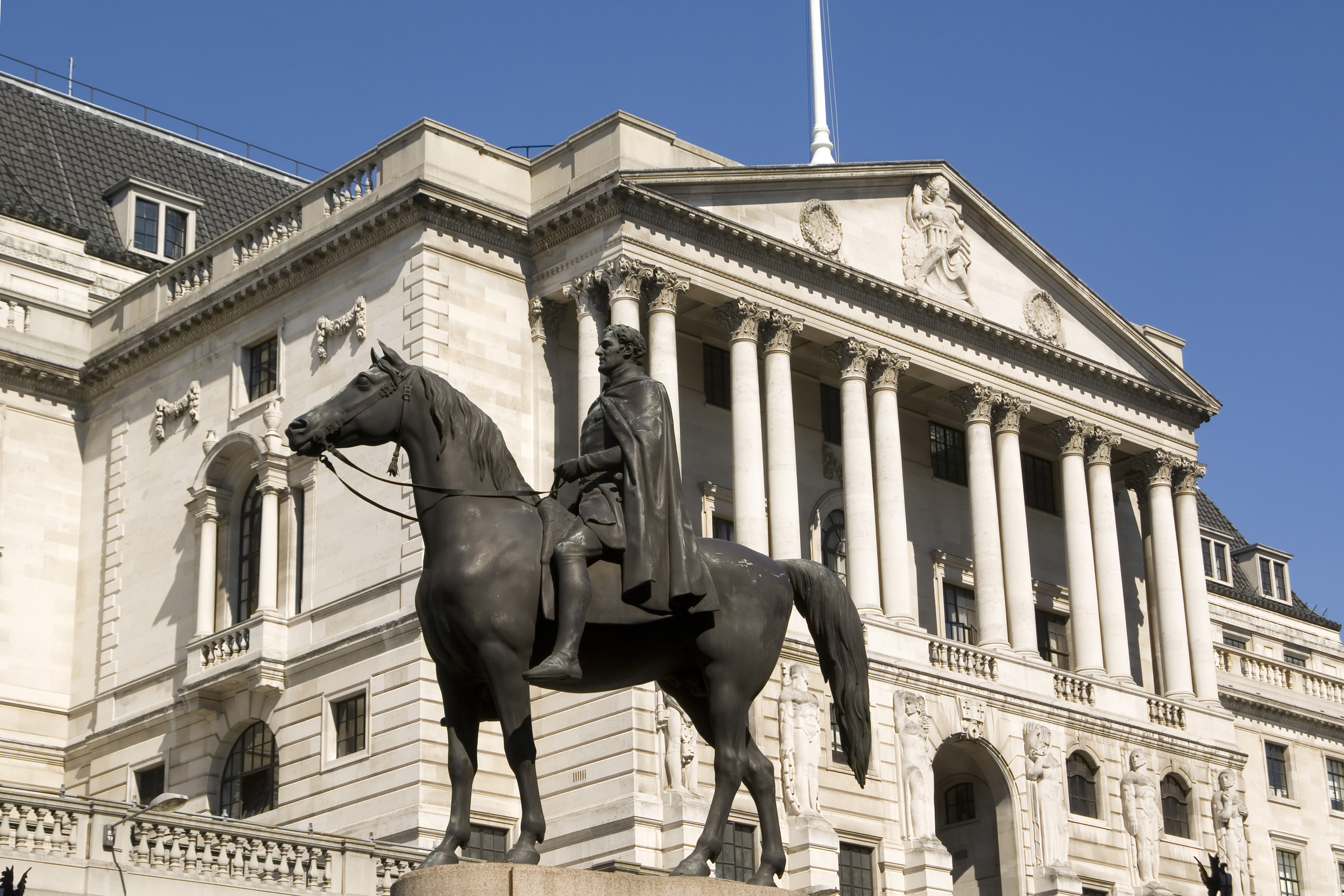 Interest rates held at 5.25% again
Interest rates held at 5.25% againThe Bank of England has kept rates at 5.25% again, in a widely anticipated move. We look at what it means for your money - and what the Bank’s next move could be
-
 US inflation rises to 3.7% as energy prices surge - will the Fed hike rates?
US inflation rises to 3.7% as energy prices surge - will the Fed hike rates?US consumer price index rose in August but markets do not expect a rate hike this month
-
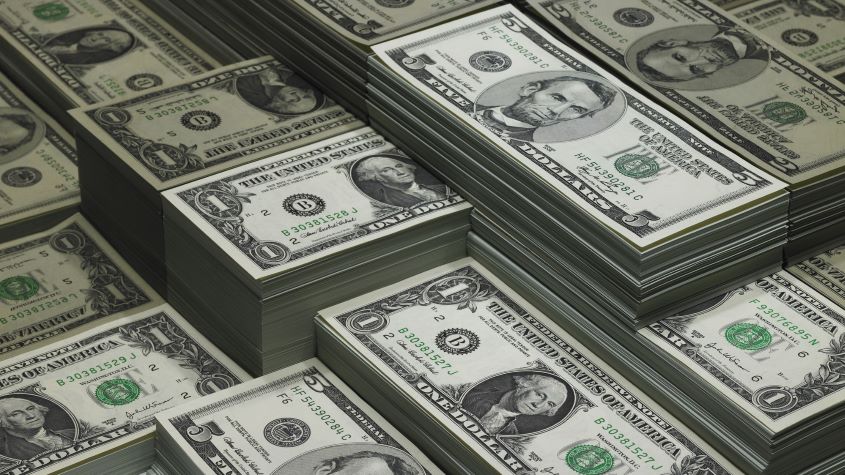 The debt ceiling illustrates America’s empire of debt
The debt ceiling illustrates America’s empire of debtOpinion The US has never quite got the hang of the conquering business as the debt ceiling debate shows.